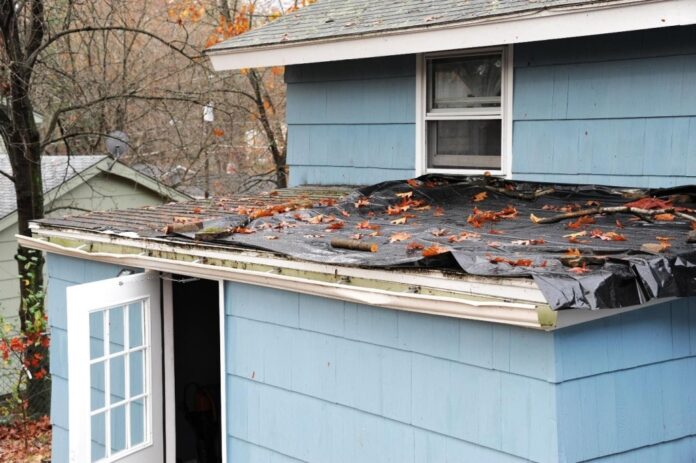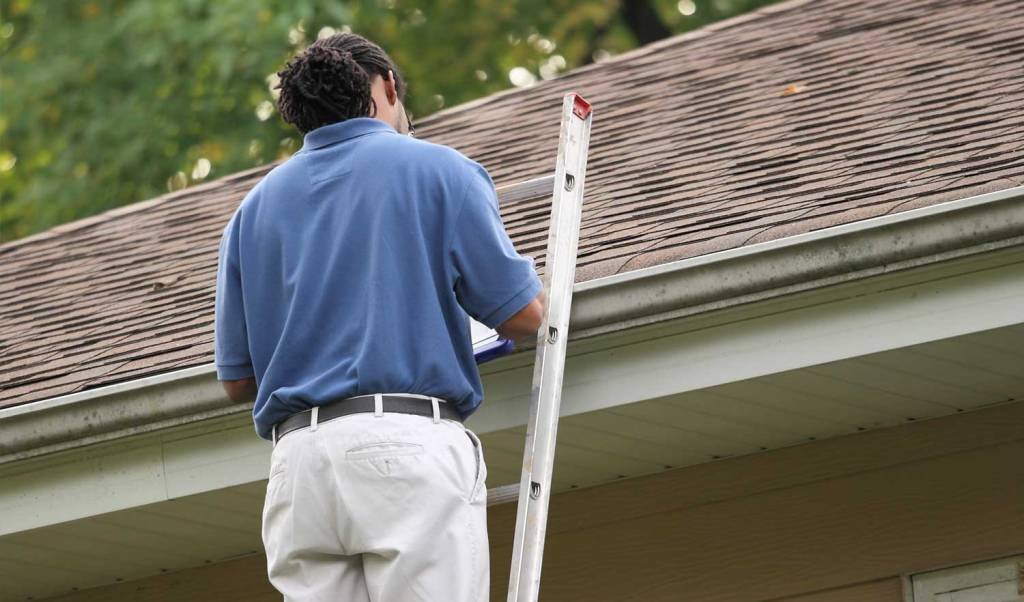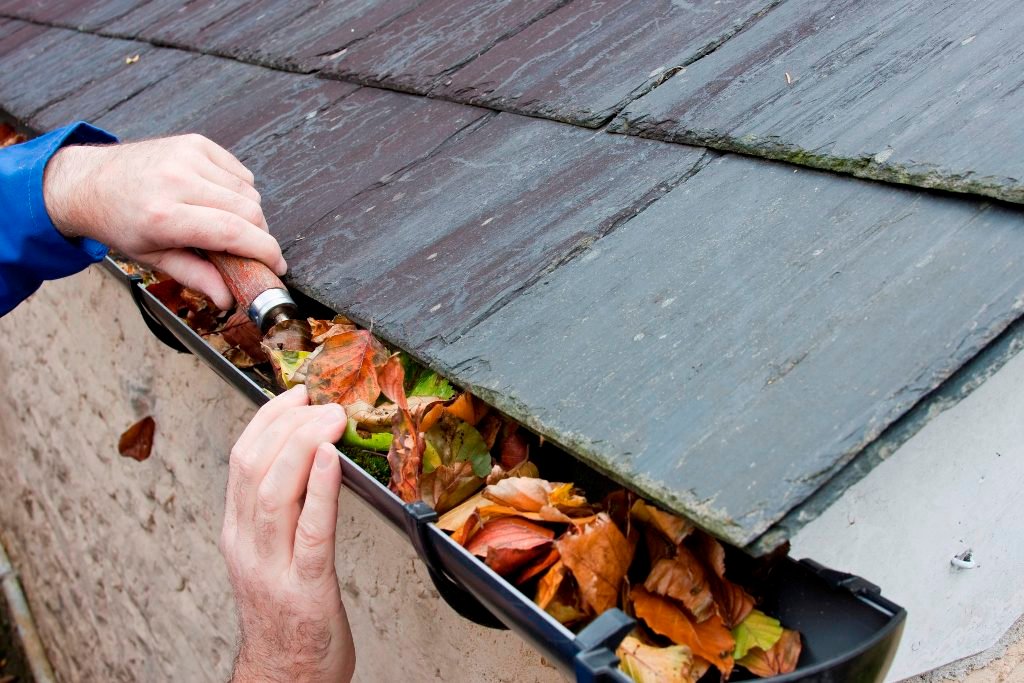You’d rather deal with a leaking tap than a damaged roof, am I right?
All homeowners dread the thought of roof damage to their homes. Often because Any kind of damage to your roof would lead to costly repairs.
So, what can you do to ensure your roof always stays in tip-top condition?
Plan for Annual Roof Inspections
I’m not just talking about standing on the curb and walking around your house while looking up at the roof. I mean a professional inspection done by a roofing contractor who knows what they are doing.
It might seem like a waste of good money, especially if you think that your roof is in good condition, but the thing about roofs is never to assume that all’s well.
You might be a hurricane away from being completely exposed to the sky!
Well, it probably won’t be that dramatic, but you get the point.
The only way to ensure your roof can stand up to any weather surprises that come your way is by getting annual checks done.
Roofing companies Austin advises that you ought to do this in advance too. If you wait till the hurricane season, then you might be unable to get a roofer because everyone in your area will be trying to do the same thing too.
Inspect the Attic
How well ventilated is your attic? This is the first thing you should pay attention to while you are up there, inspecting the space.
Take a good look at the intake and exhaust vents in your roof, i.e., the soffit vents, louvers, and ridge vents, and ensure they do not have any blockage.
Why is ventilation in the attic so important?
Well, poor ventilation can lead to a buildup of moisture and heat in the attic. When this happens, a couple of unpleasant consequences will follow:
- The insulation could soak and lose its functionality
- Shingles could buckle
- Rafters and sheathing could start rotting
- Mold, mildew and even algae will begin to grow
- Rust could develop on the nails in the roof structure
To avoid all this, make sure there are mechanisms that allow for the escape of warm moist air and the intake of cool air.
Check Your Flashing
There are a variety of elements put in place to prevent water from penetrating into your home through the roof. One such feature is the roof flashing.
As a result, flashing is meant to keep water away from such areas where your roof meets a wall. These include the base of a chimney, a dormer, or a porch.
Other areas where you will find flashing on the roof include the skylight, vents, and roof junctions. All these eaves and valleys render your roof vulnerable to water penetration.
Flashing comes in the form of metal or vinyl strips that provide a tight seal on different parts of the roof.
However, the thing is that flashing could come loose with time, thereby hampering its performance.
It is for this reason that you should regularly pay attention to the flashing. Making sure it is still intact and hasn’t bent, come loose, or gotten damaged in any way that may lead to holes and gaps in the flashing.
Don’t Ignore the Drip Edge
Besides the roof flashing, the drip edge is another element also put in place to prevent water from getting into your home.
Drip edge is installed at the eaves over the underlayment. Its purpose is to help protect from wind and rain, which can penetrate through the rough edge of the shingles.
Drip edge comes in the form of a thin narrow strip of metal. This piece of sheet metal is bent over and wrapped around the edge of the roof decking in a protective layer.
For it to perform optimally, the drip edge should remain intact.
Any gaps resulting from missing parts will allow for water to find its way to your ceiling and interior walls, causing wood rot on the roof’s structure as well.
Clean the Gutters
To effectively protect against leaks and water damage, the roof needs to have a proper drainage system.
For this to be possible, the gutters and downspouts need to be debris-free so that water can flow away from the roof and the house.
Clogged gutters are a common occurrence. When this happens, water cannot be directed away from the roof.
Instead, it will pool on the roof and even back up against the shingles, thereby making its way into your walls and ceiling.
Cleaning the gutters and downspouts should be included in the annual roof maintenance plan you have going.
Make sure you clean then at least twice a year, and one of those cleanings should be undertaken in autumn.





















